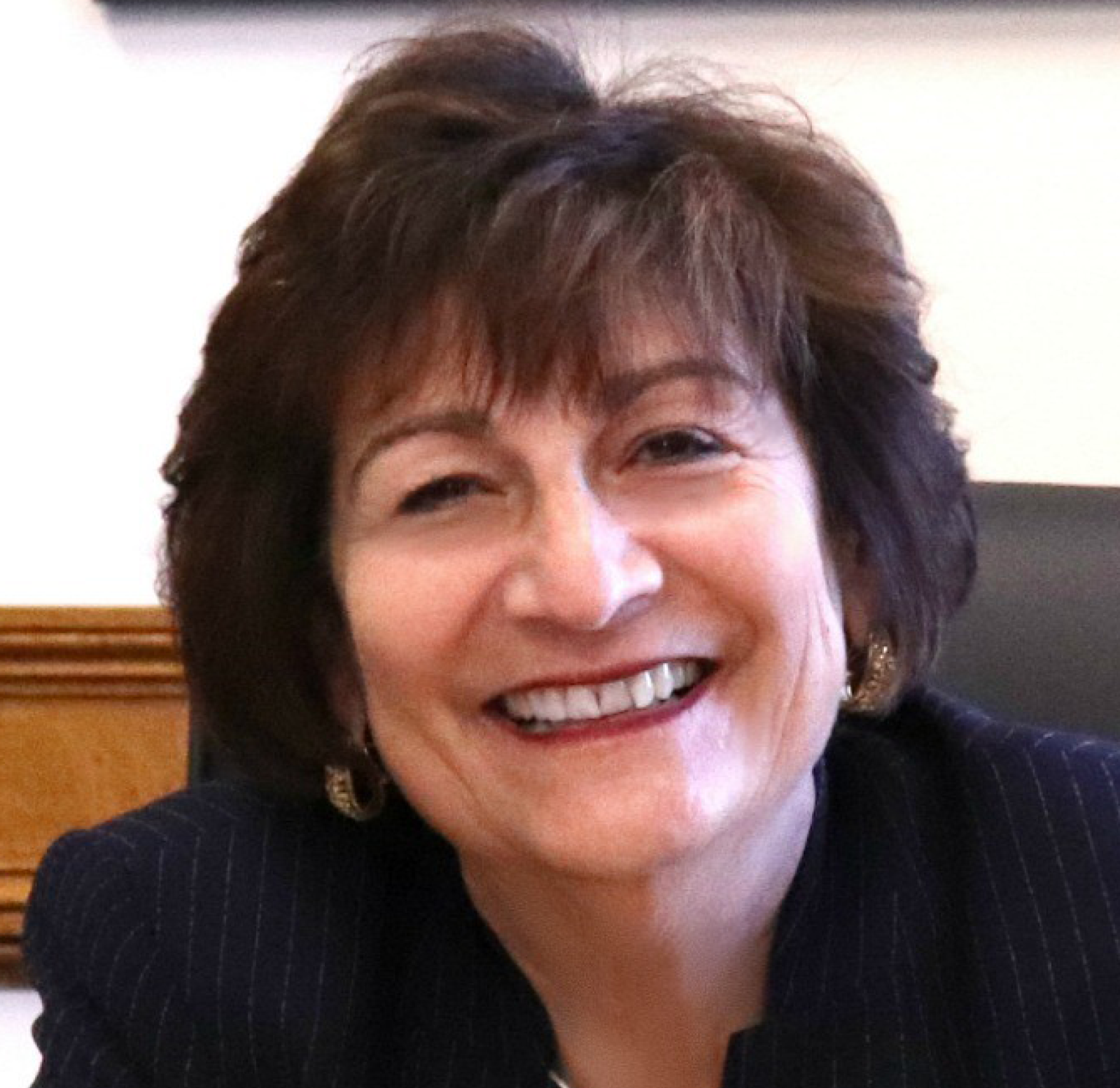Patients represent the pulse of the community and offer insight for future change
Given that disparities in health based on race, ethnicity, disability, gender, sexual orientation and more are often the result or byproduct of long-standing operations and policies, systemic changes will be required to make care equitable and safe for all. What actions do you suggest leaders and organizations take to address structural inequities in health care safety?

Matilde Castiel, M.D.
Commissioner of Health & Human Services
City of Worcester
The goal is to dismantle systemic racism and create an equitable health care system by making sure that we have diverse representation in our workforce, including leadership, medical staff and boards.
This representation will bring together voices with different views. We also need to be true to the social determinants of health, collaborate with all stakeholders and work with the community to provide housing, education, transportation and jobs.
We need to work to understand and confront biases in the health care system by providing training on a continual basis to raise awareness so staff can see how their biases contribute to health inequities. They also need to be trained in cultural competence and therefore be able to better comprehend their patients.
We should listen to patients and understand that they are a great asset, representing the pulse of the community and offering insight on what changes need to take place.
I have some personal experience with this. My dad, who was from Cuba, explained to his doctor that he had had upper back pain for over a year or longer. He was told it was from exercising and to take some ibuprofen. It wasn’t until he was seen by a medical student who decided to do lab tests specifically for upper back pain that he was ultimately diagnosed with pancreatic cancer. I will always wonder, if we had caught it a year earlier, perhaps he would have seen his grandkids grow or his daughter become Commissioner of Health and Human Services. If it weren’t for our biases about Latinos, I might have had my best friend to talk to for a lot longer.
Data is also incredibly important for revealing the inequities in health care. Then we can work together with individuals and community agencies to improve care. Leaders should be able to get data from electronic records and form a task force that includes citizens and community-based organizations to make everyone aware of inequities and help figure out how to solve the issues. We need to always follow the data for race, ethnicity, gender, sexual orientation, and socioeconomic and educational status so that we can see the relationships that exist and focus even more on what changes need to be made.
Last, leaders should examine their policies to see if they are causing harm and make changes to reduce barriers and provide an equitable environment. Always keep in mind that this is not a one-and-done endeavor. You have to continue to monitor to reach the goal you are striving for, which is to reduce inequities in health care.